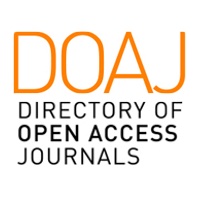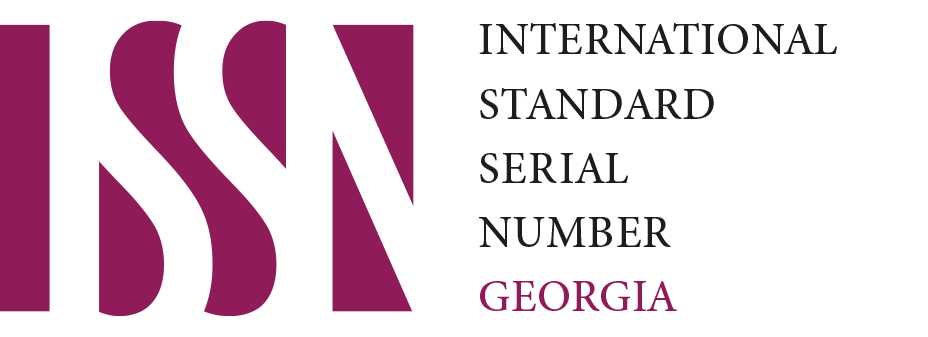CÁNCER: REFLEXIONES ACERCA DE INCIDENCIA, PREVENCIÓN, TRATAMIENTO Y MITOS
Resumen
El volumen y la fluidez en la información son una constante actual para toda la actividad social, cultural y científica. En el contexto de ese escenario, la medicina y el rol del médico contemporáneo se entrelazan conformando una compleja red que confluyen en pautas diagnósticas y terapéuticas, consensos nacionales e internacionales, reuniones y congresos, jornadas de actualización, participación en la educación del pre y post grado y la actividad asistencial. La oncología como especialidad responsable del tratamiento del cáncer engloba un extenso equipo multidisciplinario, apoyado en cirujanos, clínicos, patólogos, imagenólogos, oncólogos, psicólogos, genetistas, investigadores básicos y enfermería.
El presente texto no tiene la ambición de representar una monografía sobre el tema, que teniendo en cuenta la magnitud de información disponible, las citas bibliográficas pertinentes serían incontables. El ejemplo más concreto en el ámbito de la oncología lo brinda el número absoluto de concurrentes al congreso anual americano de oncología clínica, que se encuentra cercano a los 35.000, con un promedio de 5.000 trabajos enviados para ese evento desde todos los rincones del planeta.
El objetivo de este trabajo es brindar reflexiones sobre un conocimiento general del cáncer, una patología frecuente en todo ser vivo.Palabras clave
Texto completo:
PDFReferencias
American Cancer Society (2009) Cancer Facts and Figures. American Cancer Society. Atlanta GA.
ANDERSON, AD, KRING, GG (1958) The value of the Papanicolau smear in the diagnosis of carcinoma of the uterine cervix and of the uterine fundus. Wis Med J. 57(7):257-60.
ARMSTRONG, EP Prophylaxis of Cervical Cancer and Related Cervical Disease: A Review of the Cost-Effectiveness of Vaccination Against Oncogenic HPV Types.
BAE, RC, JEON, SW, CHO, HJ et al. (2009) Gastric dysplasia may be an independent risk factor of an advanced colorectal neoplasm. World J Gastroenterol.7;15(45):5722-6.
BAL DG, et al. (1995) American Cancer Society Textbook of Clinical Oncology. 2nd ed. 40-63.
BALE, AE, Li, FP (1997) Cancer: Principles & Practice of Oncology. 5th ed. 285-293.
BLUM, A et al. (1997) Cancer: Principles & Practice of Oncology. 5th ed. 545-557.
BULL (2003) Cancer, 90(1):46-52. Review.
DOLL and PETO R (1981) The causes of cancer: quantitative estimates of avoidable risks of cancer in the United States today. J Natl 66(6):1191-308. Review.
EFFERT, PJ, GASTL, G, STROHMEYER, T (1996) Current and future strategies to block tumor angiogenesis, invasion, and metastasis.World J Urol. 14(3):131-40. Review.
EGAN, RL (1960) Experience with mammography in a tumor institution. Evaluation of 1,000 studies.Radiology. 75:894-900.
GREENLEE, RT et al. (2000) CA Cancer J Clin. 50:23.
HAINES, RJ, BOTTORFF, JL, MCKEOWN, SB, PTOLEMY, E, CAREY, J, SULLIVAN, K. (2010)Breast cancer messaging for Younger Women: Gender, Femininity, and Risk. Qual Health Res.
HIGBY DJ, WALLACE HJ Jr, ALBERT, DJ et al.(1974) Diaminodichloroplatinum: a phase I study showing responses in testicular and other tumors.Cancer. 33(5):1219-5.
J MANAG (2010) Care Pharm. Apr;16(3):217-30.
KIDD, JG (1948) Viruses and virus-like agents as causes of cancer; a brief recounting and reflection. Bull Johns Hopkins Hosp. 82(6):583-600.
LEVIN, B (1999) Colorectal cancer screening: sifting through the evidence. J Natl Can Inst, 91:399.
LINOS, E, SWETTER, SM Cockburn MG et al (2009) Increasing burden of melanoma in the United Status. J Invest Dermatol 129:1666-74.
LORIA, D y col. (2008) Atlas de tendencias de mortalidad por cáncer. Argentina, 1980-2001. Ministerio de Salud. Presidencia de la Nación.
McAFEE, AJ, MCSORLEY, EM, CUSKELLY, GJ et al (2009) Red meat consumption: an overview of the risks and benefits. Meat Sci. 2010 Jan;84(1):1-13. Epub.
MUÑOZ, N, MANALASTAS, R, PITISUTTITHUM, P et al (2009) Safety, immunogenicity and efficacy of quadrivalent human papillomavirus recombinant vaccine in women: a randomized double blind trial. Lancet 373:1949-57.
PAGET, S (1889) The distribution of Secondary Growths In Cancer Of The Breast, The Lancet, Volume 133, Issue 3421:571-573.
PETRELLI, N, WINER, E, BRAHMER, J et al. (2009) Clinical Cancer Advances 2009: Major Research Advances in Cancer Treament, Prevention and Screening- A report from the American Society of Clinical Oncology.
PICCART, M, DOCHY, E, CARDOSO, F News in the medical treatment of breast cancer. Programa CAREX, UE.
SCHRODER. FH, HUGOSSON. J, ROOBOL. MJ et al. (2009) Screening and prostate -cancer mortality in a randomized European study. N Engl J Med 360:1320-28.
SLEVIN, ML, STUBBS, L, PLANT, HJ et al. (1990) Attitudes to chemotherapy: comparing views of patients with cancer with those of doctors, nurses, and general public. BMJ; 300(6737):1458-60.
SOBEL, ME (1990) Introduction to molecular biology to approaches to the study of cancer. In: Cossman J. Molecular genetics in cancer diagnosis. New York: Elsevier Scientific Publ. Co:7.
SURVEILLANCE Epidemiology and End Results Program 1973-1999 (2002) Division of cancer control and population Sciences, National Cancer Institute.
SURVEILLANCE Epidemiology and End Results Program, Division of cancer control and population Sciences, National Cancer institute, updates.
SYRJÄNEN, KJ (1981) Condylomatous lesions associated with precancerous changes and carcinomas of the uterine cervix. Neoplasma. 28(4):497-509.
TRICHOPOULOS, D et al (1997) Cancer: Principles & Practice of Oncology. 5th ed.231- 257.
VOGELSTEIN, B, KINZLER, KW (1993) The multistep nature of Cancer. Trends Genet 9:138
Enlaces refback
- No hay ningún enlace refback.
Copyright (c) 2020 Cuadernos de la Facultad de Humanidades y Ciencias Sociales. Universidad Nacional de Jujuy

Este obra está bajo una licencia de Creative Commons Reconocimiento-NoComercial-CompartirIgual 4.0 Internacional.
Cuadernos FHyCS-UNJu por Facultad de Humanidades y Ciencias Sociales - Universidad Nacional de Jujuy se distribuye bajo una Licencia Creative Commons Atribución-NoComercial-CompartirIgual 4.0 Internacional.
Basada en una obra en http://revista.fhycs.unju.edu.ar/revistacuadernos.
Hecho con OJS - Open Journal System











